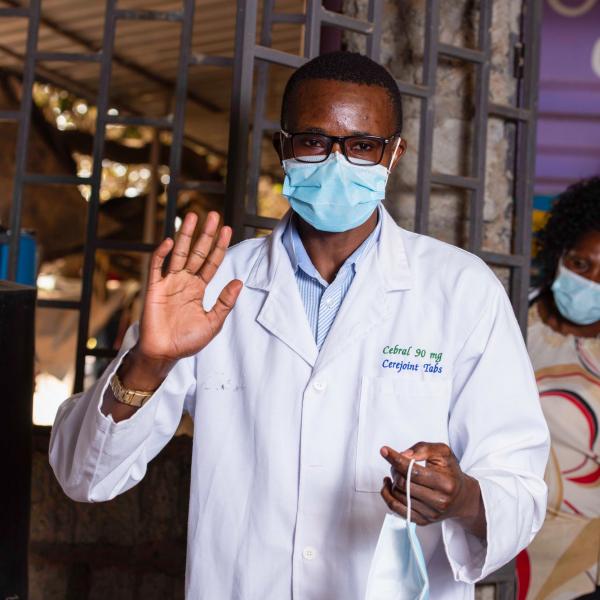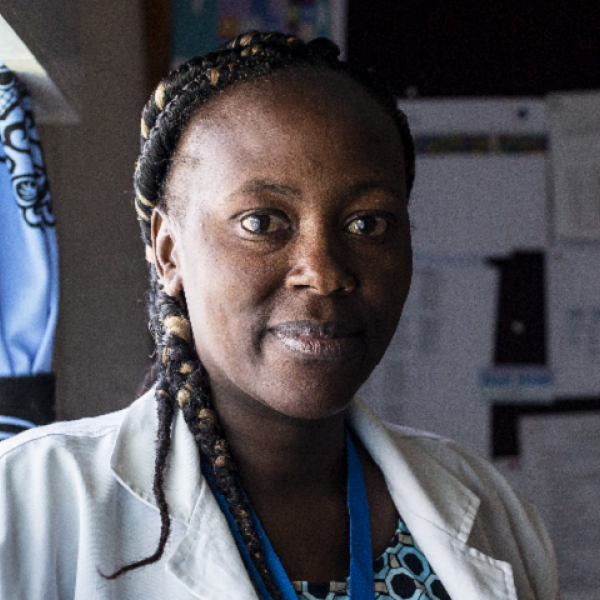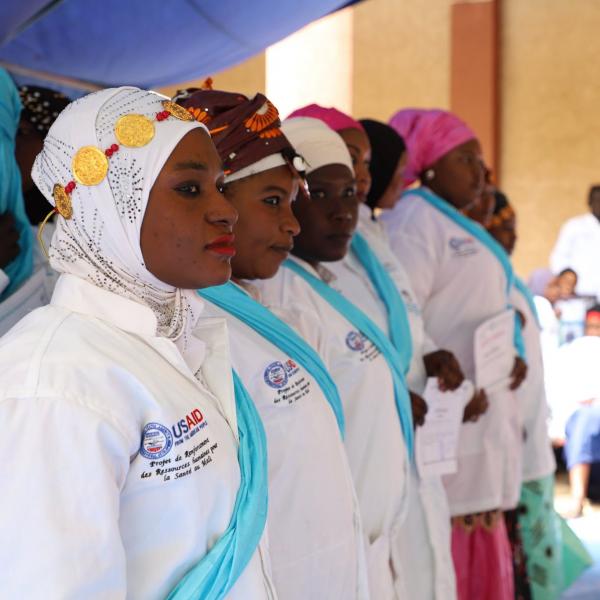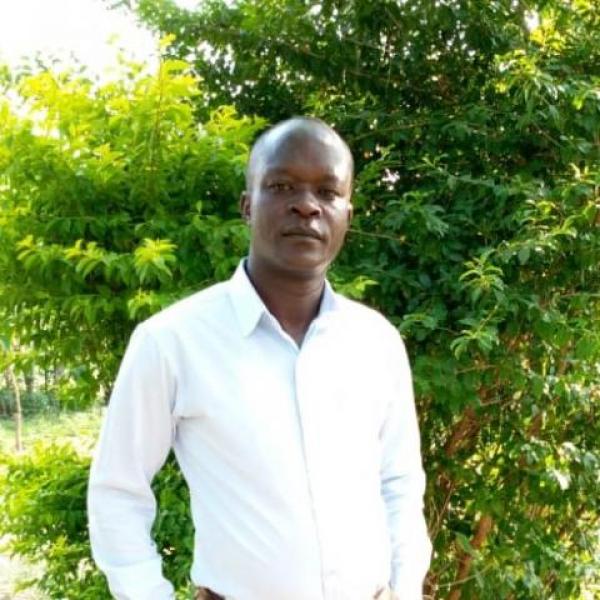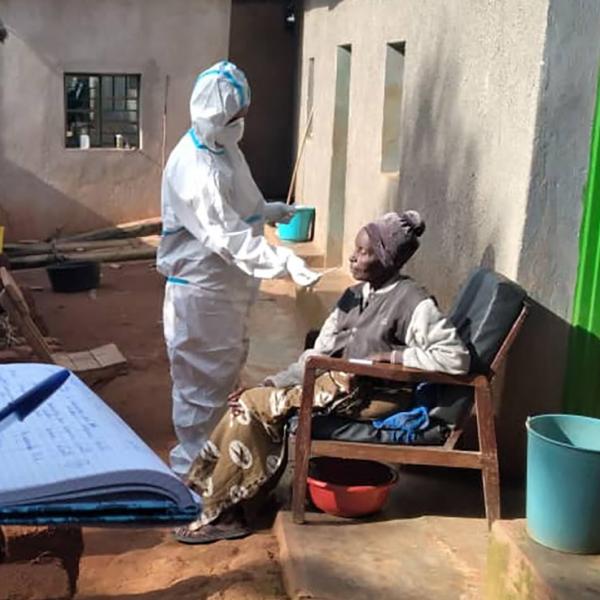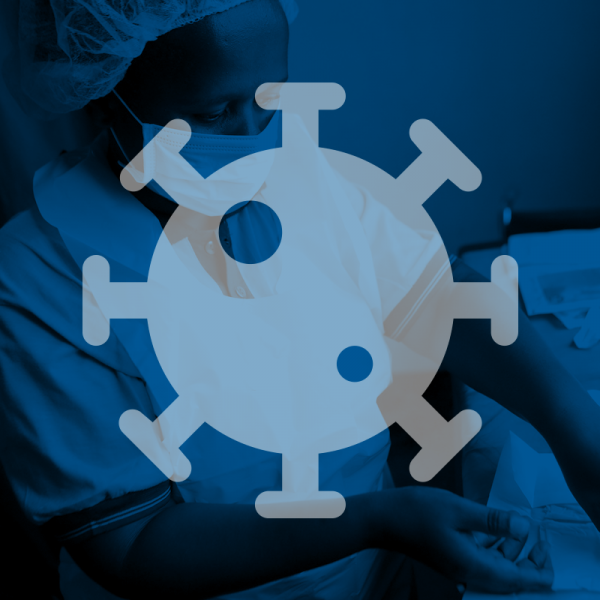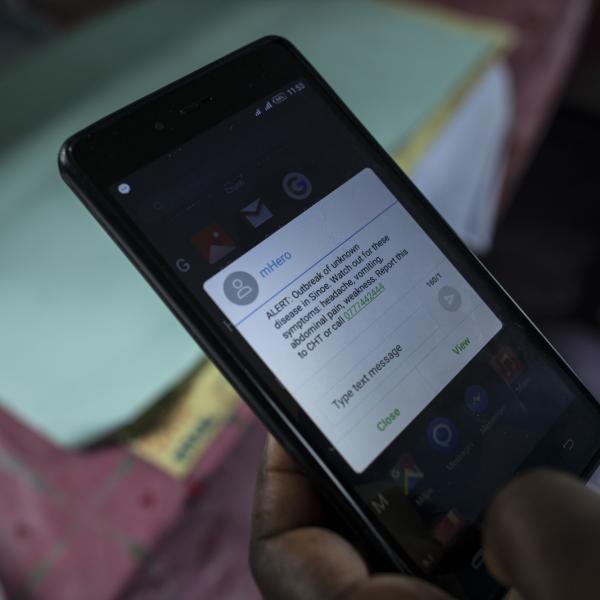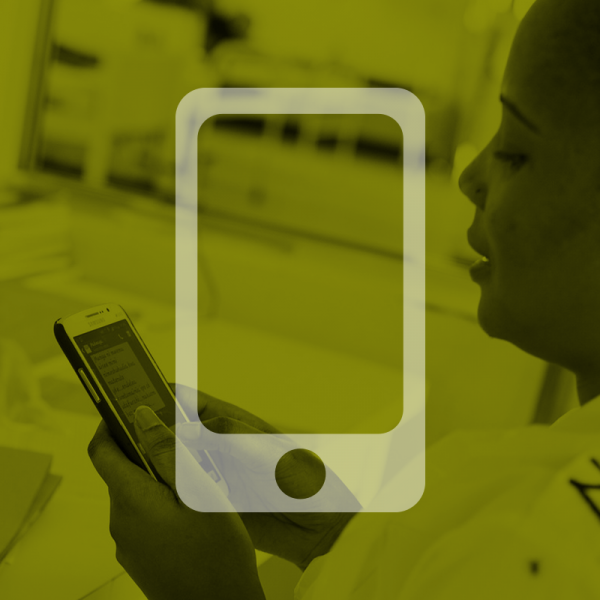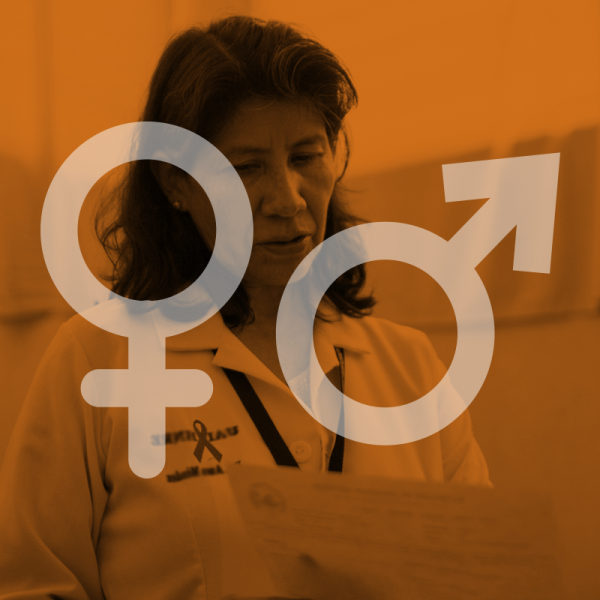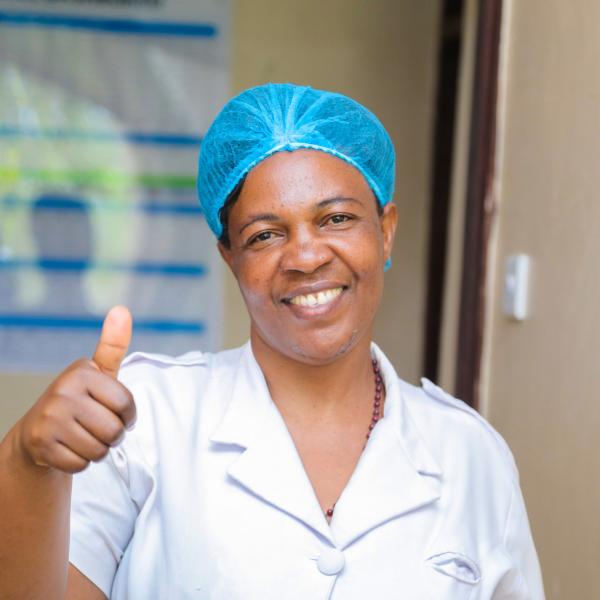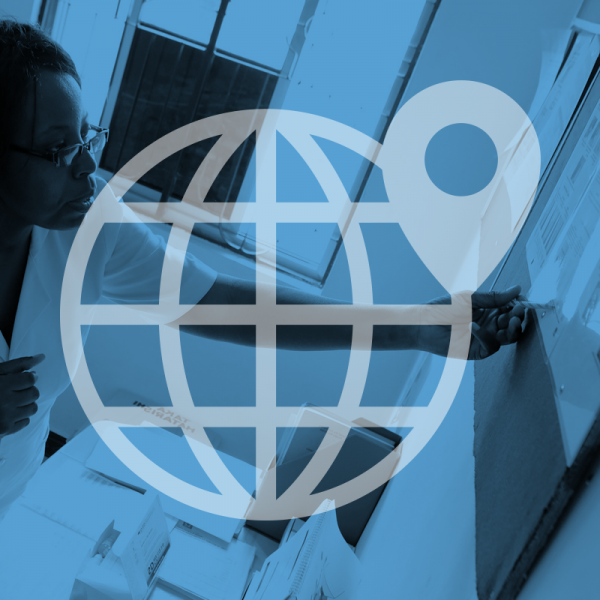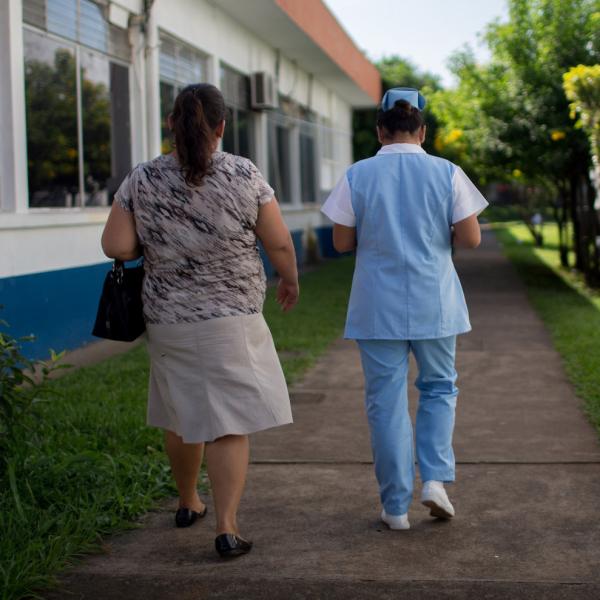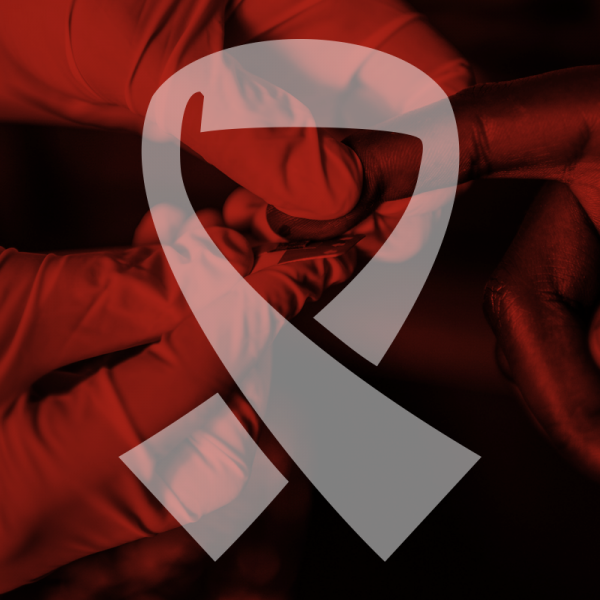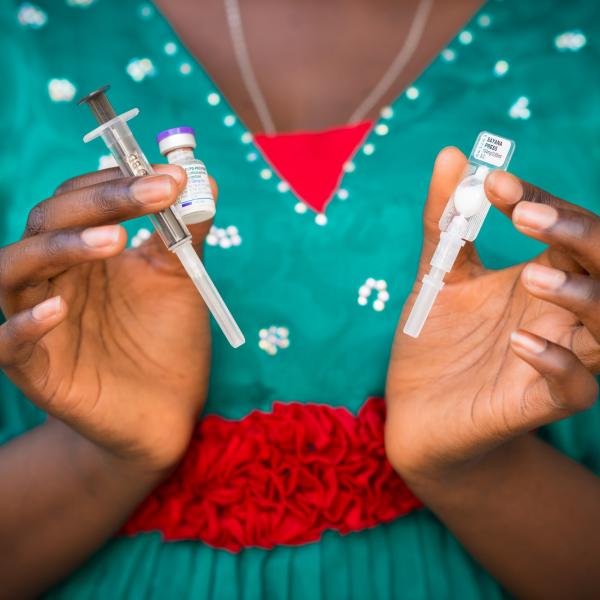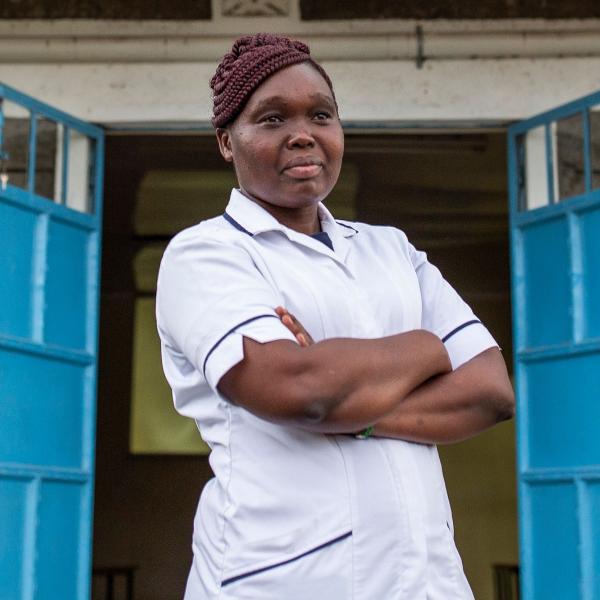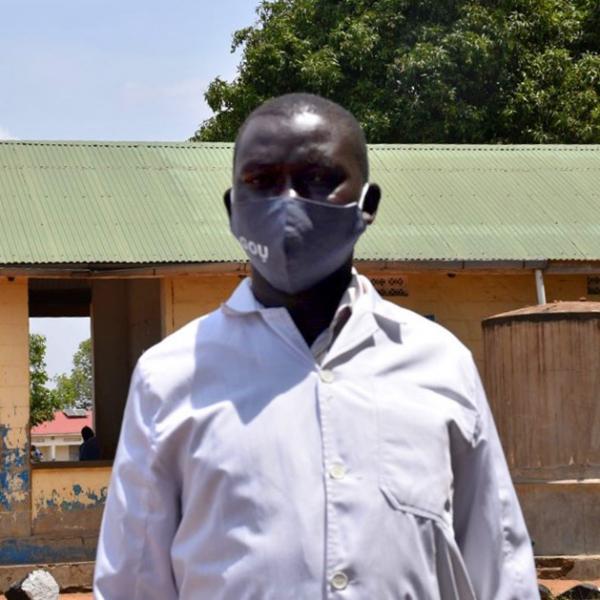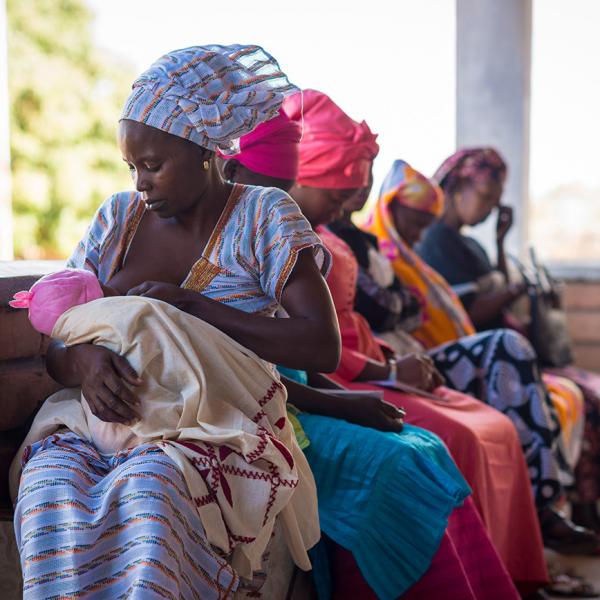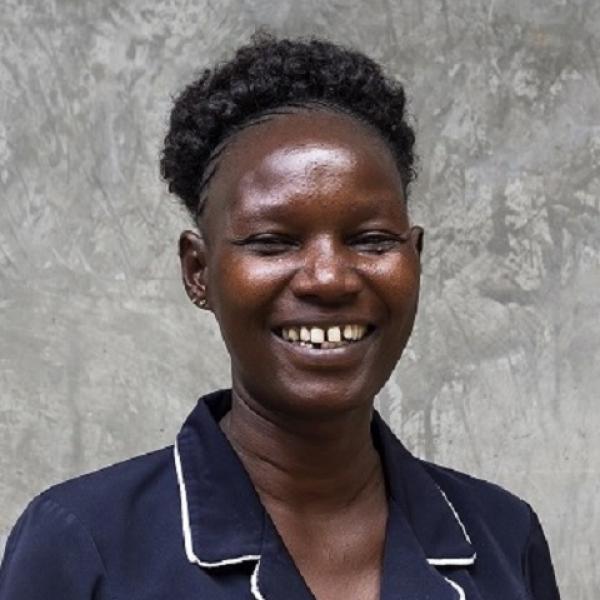Our Impact
In 2021, we reached 317,443 health workers.
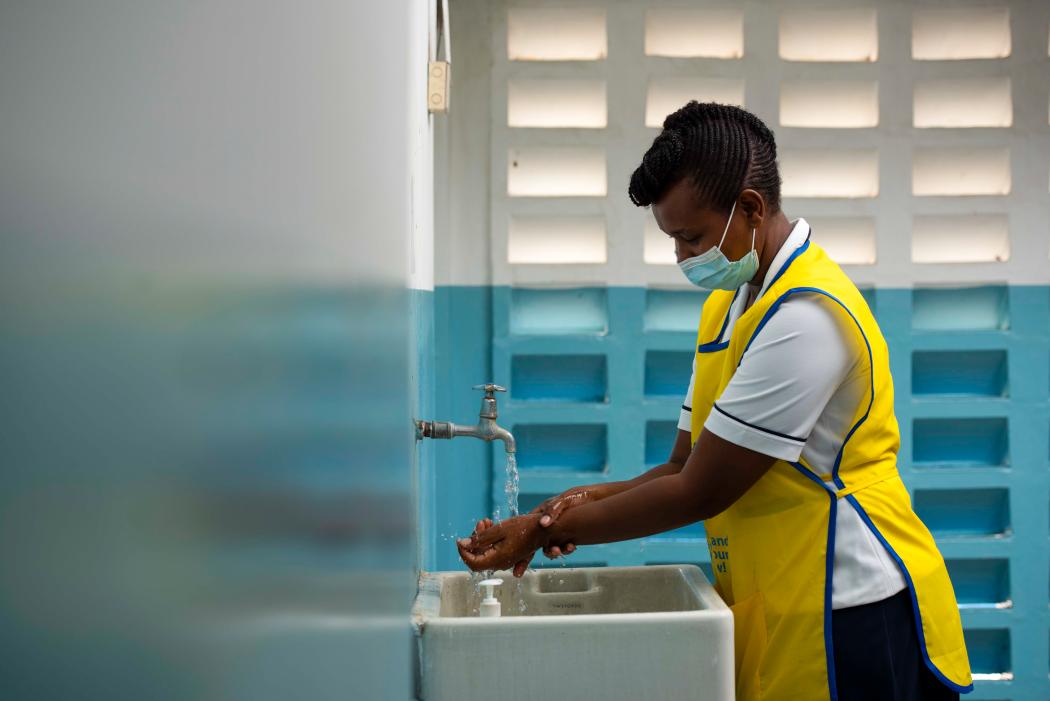
Health workers provide high-quality services to their communities when they feel prepared and supported. That includes training for the skills they need on the job, mentorship and supportive supervision, and continuing professional development to keep their knowledge up to date.
IntraHealth’s programs work with health professional schools, local leaders, and health facilities to improve curricula and instruction, develop and roll out eLearning and other digital health tools, enhance data literacy and use, and advocate for policies to address gender discrimination. We apply our signature approaches—such as Optimizing Performance and Quality (OPQ) and human-centered design—to help make sure health workers are ready to do their best.
- $33,399,555
financial aid provided for student health workers through IntraHealth programs
- 2,593
health facilities received on-site supportive supervision, mentoring, or coaching
- 1,161
organizations supported in focusing on gender equality or decent work

Frontline health workers are every country's first defense when it comes to detecting, reporting, and responding to COVID-19 and other emerging health threats. They keep health systems strong and our local and global communities safe. That’s why we train and equip local health workers for disease surveillance and response, infection prevention, occupational safety and health, and much more.
IntraHealth develops real-time emergency communications and digital health tools to keep data flowing. We help build stronger supply chains to keep essential medicines and equipment in stock. And we advocate for stronger policies and investments in the health workforce.
- 2,524,424
COVID-19 vaccines distributed through IntraHealth programs
- 460,502
items of personal protective equipment provided to 3,902 health workers to keep them safe on the job
- 9,056
health workers provided with COVID-19 training
- 1,964
locations (health facilities, schools, and households) with improved infection prevention and/or water, sanitation, and hygiene
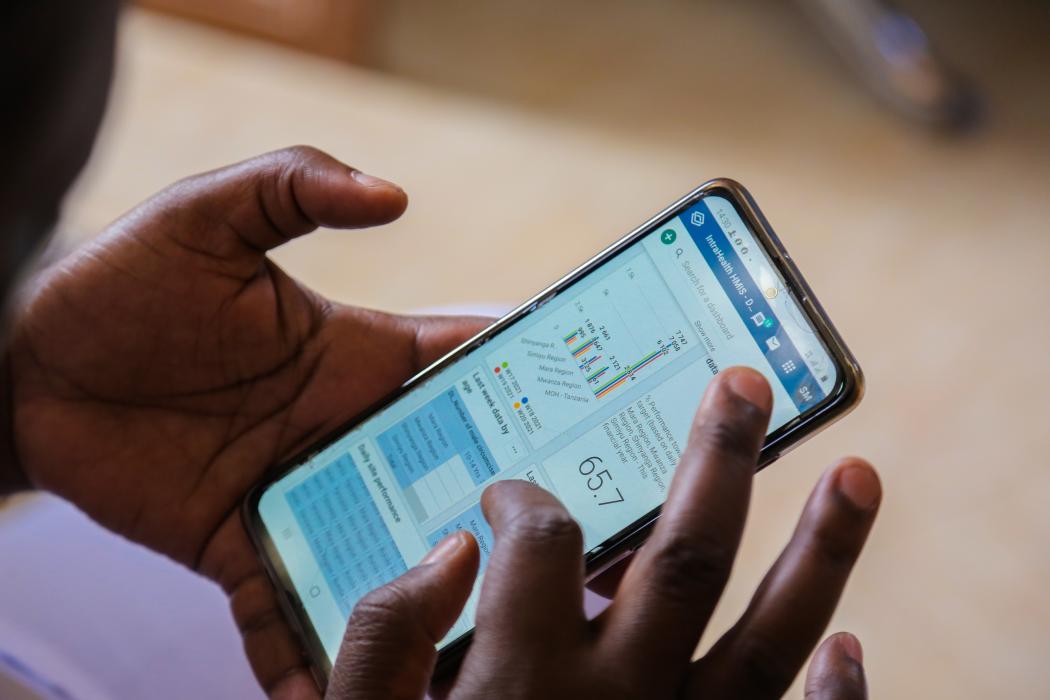
To provide high-quality health care, health workers need up-to-date technological solutions and the right data at their fingertips.
That’s why we develop and support open-source, data-driven, sustainable, and collaborative digital solutions. IntraHealth’s digital tools enable health leaders to use data in real time, so they can allocate their health workers, vaccines, and other supplies quickly and efficiently during any emergency.
- 25
countries using IntraHealth’s iHRIS software to manage their health worker personnel records
- 1,951
health workers using our digital health tools to reach clients, including during COVID-19 and other routine care
- 2,264,216
messages sent to and from health workers via mHero, WhatsApp, or other digital health tools
- 222
organizations using data-informed workforce planning
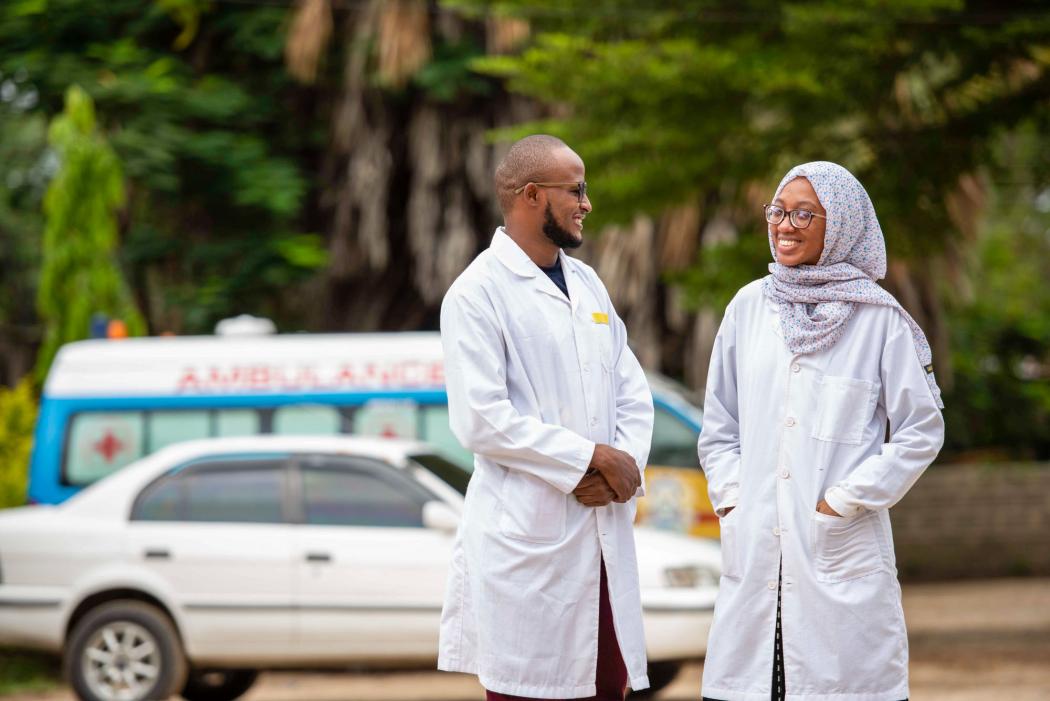
We work with thousands of local partners around the world to reach more people with high-quality health care through sustainable health programs—while also minimizing power imbalances and contributing to a more equitable development approach.
Through the IntraHealth-led USAID Accelerating Support to Advanced Local Partners (ASAP) project, we’ve worked with 61 local nongovernmental organizations and 12 government entities in 15 countries to prepare them to receive funding directly from USAID and PEPFAR to manage, tailor, and drive improvements in their own countries.
And we’ve transitioned many programs to local organizations who now lead these activities in their own regions. In Kenya, we transferred our student scholarship program for health workers over to the national Higher Education Loans Board. And in Tanzania and Namibia, we’ve transferred services to independent, country-based affiliates Afya Plus and IntraHealth Namibia.
- 7,950
local partners around the world, including health facilities, governments, businesses, religious leaders, youth advocates, & more
- 100%
of country leaders from the countries or regions in which they work
- 74
local organizations received capacity-building support from our programs
- 7,353
attendees benefited from our Accelerating Support to Advanced Local Partners webinar series
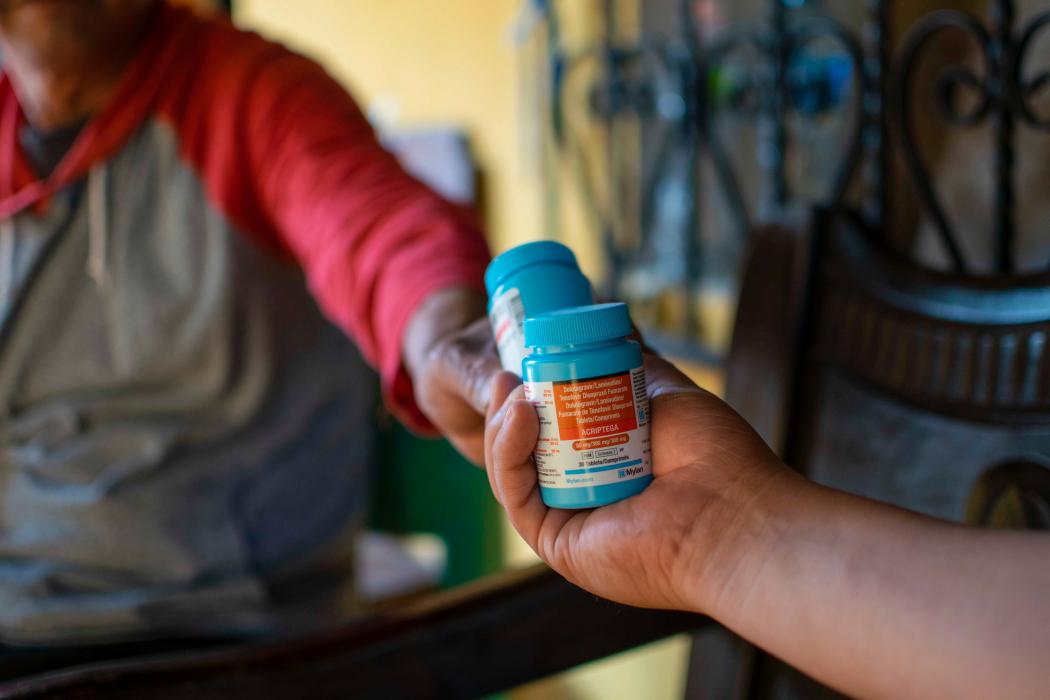
An AIDS-free generation is coming. But to make it a reality, we need a prepared health workforce. IntraHealth’s programs work with governments around the world to build health workers’ skills, focus on client-centered care, and use digital health solutions and data to make this vision a reality.
In 2021, our approaches connected more clients to HIV testing and counseling, voluntary medical male circumcision services, pre- and post-exposure prophylaxis, and greater gender equality in HIV services. They also brought services and antiretroviral therapy to hard-to-reach and key populations and prevented mother-to-child transmission.
- 157,786
individuals currently on antiretroviral treatment
- 92%
of HIV-positive clients on antiretroviral therapy who were tested for viral load achieved suppression
- 223,677
men provided with voluntary medical male circumcision to prevent HIV infection
- 898,190
individuals tested for HIV and received results
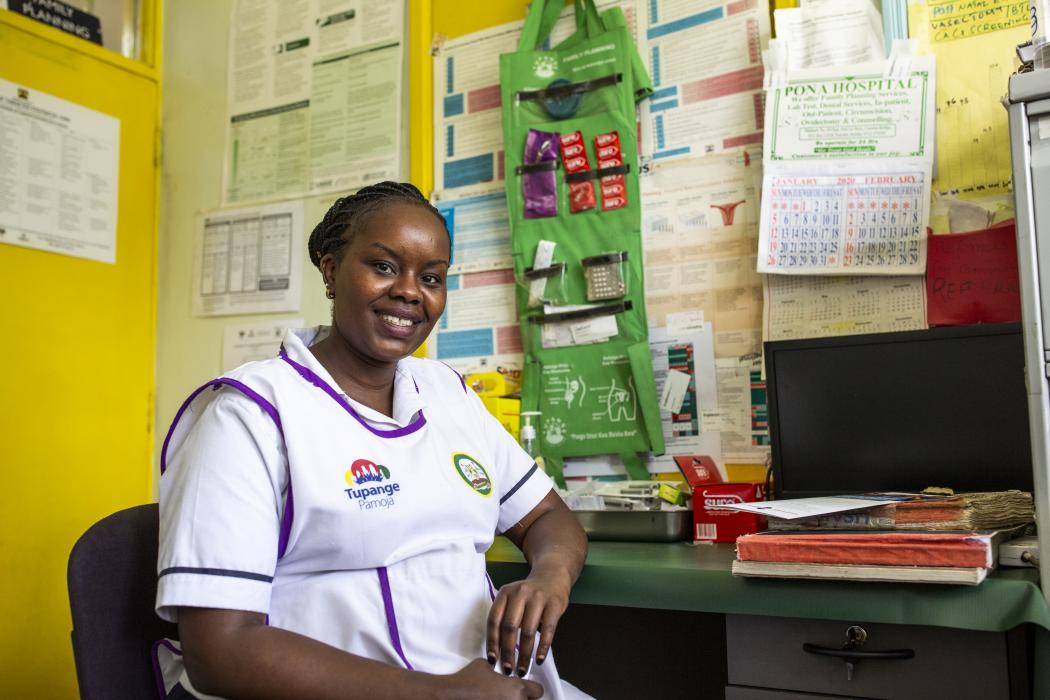
More than 218 million women have an unmet need for family planning. This puts their lives and those of their children at risk. That’s why IntraHealth helps families space or limit pregnancies, adolescents plan their futures, and health workers provide a full range of services for clients at any stage of their reproductive lives.
Our programs work with partners—including young people, religious leaders, and policymakers—to make family planning methods and information more widely available at all levels of the health system and throughout communities. And we integrate services so that a client visiting a health center for an immunization, for example, can receive family planning services at the same time.
- 8,231,279
family planning users through IntraHealth programs
- 1,389,009
new users of contraception
- 2,141,466
years of protection from unwanted pregnancies provided to couples through contraceptives
- 1,166
maternal deaths avoided due to contraceptives (estimated)
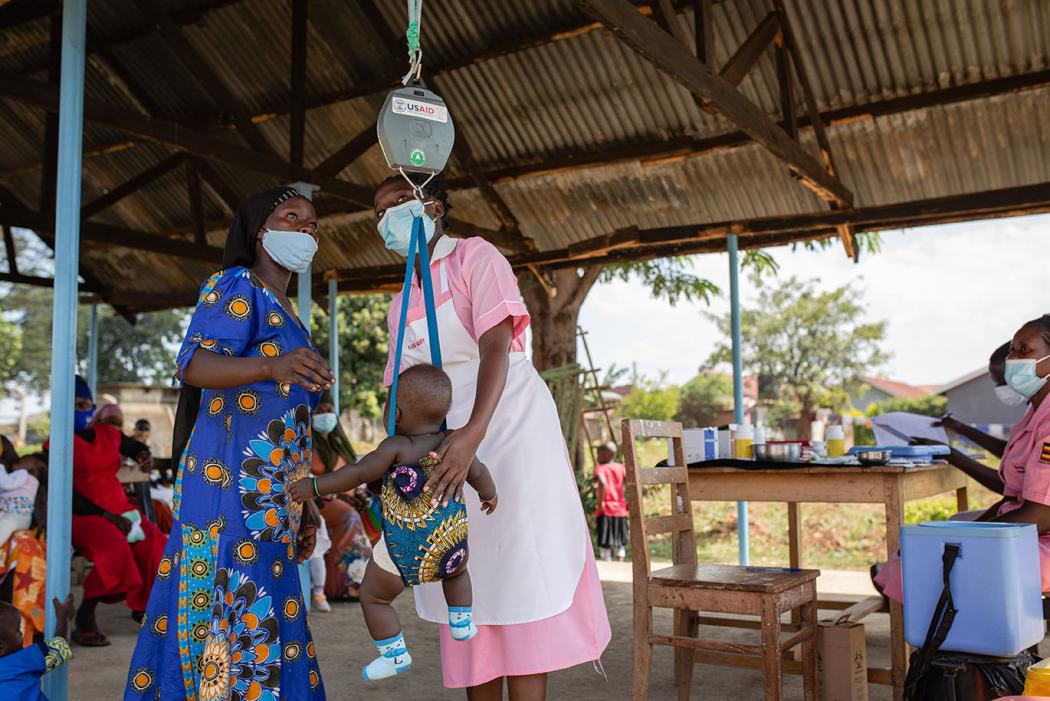
To improve the health and well-being of women and children and reduce preventable deaths related to pregnancy and childbirth, we partner with governments, civil society, and the private sector to strengthen the health workforce and health systems to deliver high-quality maternal, newborn, and child health (MNCH) services.
At the heart of these services are trained health workers. So we work with them to scale up evidence-based practices and respond quickly to emergencies, such as obstructed labor and neonatal signs of distress. We also help health workers treat major causes of illness and death in children under five, such as malaria, acute respiratory infections, diarrheal disease, and malnutrition.
IntraHealth’s programs develop scalable service-integration models, incorporate digital health tools, provide services for survivors of gender-based violence, and maintain access to critical services and information during the COVID-19 pandemic.
- 504,185
children under 5 treated for malaria
- 95%
babies born in facilities supported by IntraHealth programs breastfed within one hour of birth
- 244,079
pregnant women attended at least four antenatal care visits
- 648,509
women gave birth in a facility where IntraHealth trained providers

From Our CEO
In 2020, scientists developed the first COVID-19 vaccine in record time. In 2021, humankind began our most ambitious vaccine rollout in history. Today, we have the medicines we need to end the COVID-19 pandemic and the know-how to prepare for future threats.
To deliver on the promise of our global health progress, we must invest in health workers.
For us at IntraHealth International, 2021 was a big year. We worked with 317,443 health workers in 42 countries to respond to COVID-19, while also providing essential services for HIV care, moms and babies, family planning, and much more. We reached more health workers directly in 2021 than we did in 2020, despite all the COVID restrictions and lockdowns in place around the world. And we embarked on a new five-year strategy that will help us provide more communities with people-centered care—all while transforming our partnership models to drive local solutions and making health systems more resistant to emerging threats and pandemics.
Frontline health workers are every country’s first line of defense against these dangers. They make the first diagnoses, care for the first people to become sick, witness first-hand the earliest effects of disease, unrest, and a changing climate on human health. But to do their jobs, they need the fundamentals: strong health systems, the latest training, medical equipment, supplies, protective gear, medicines, and solid, up-to-date data.
That’s why we do the work we do.
I’m so proud of the results IntraHealth’s programs have achieved this year. And I’m honored to work with our 7,950 local partners around the world as together we strive to expand our impact and reduce the power imbalances that persist in our field. Together, we can help everyone everywhere get the health care they need to thrive.
Give the gift of health care
Health workers have been on the front lines of every global health crisis and every victory.
They have saved and improved millions of lives. But disease outbreaks, a changing climate, and a new era of international development mean health workers need to be prepared for the unforeseen challenges ahead. And you can help them.
Investing in local health workers is one of the best ways to improve health, stop epidemics, and end poverty. Your support helps deliver health care on the front lines—where it’s needed most.

